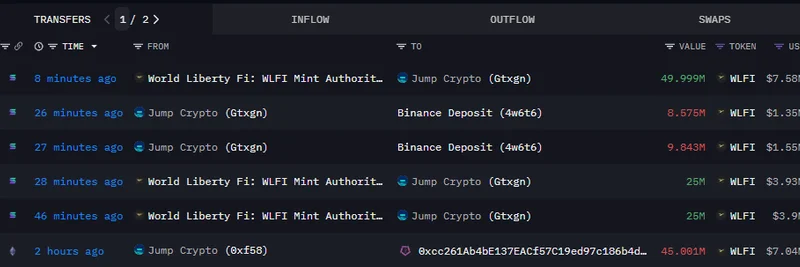If you've been keeping an eye on the DeFi space—that's decentralized finance, where folks lend and borrow crypto without traditional banks—Aave is making waves right now. According to a recent tweet from DeFi expert Ignas, Aave is smashing all-time highs (ATHs) in key metrics like weekly revenue topping $3 million and total deposits soaring to $56 billion. Yet, the $AAVE token price? It's sitting 66% below its 2021 peak and down 39% since last December. This disconnect highlights how the absence of a major altcoin rally is impacting even the blue-chip DeFi projects.
Let's break down those charts from Blockworks Research. The top-left graph shows Aave's revenue climbing steadily, hitting over $3 million weekly, driven by fees from lending activities across various blockchains. Next to it, stablecoin interest rates on Aave V3 have dipped, with borrow APY (annual percentage yield) and supply APY trending downward. This means it's cheaper to borrow stablecoins like USDC or USDT now, thanks to a more deleveraged crypto market—less wild leverage trading—and reduced frenzy around airdrop farming, where users borrow assets to qualify for token drops from new projects.
The bottom charts paint a picture of growth: deposits have rebounded from a dip in 2022-2023 to hit $56 billion, showing renewed confidence in Aave as a safe place to park crypto. Outstanding loans are also up, nearing $25 billion, indicating active borrowing without the overheated speculation we saw in previous bull runs.
So, why isn't the $AAVE token price reflecting this success? Ignas points to the lack of an "alt run," that explosive rally in alternative cryptocurrencies that often drags DeFi tokens along for the ride. In a healthier, less leveraged market, fundamentals like revenue matter more in the long term, but short-term price action is still tied to broader sentiment. For meme token enthusiasts, this is particularly relevant—Aave is a go-to platform for leveraging positions on volatile memes. Lower borrowing costs could make it easier to ape into the next big meme coin without getting wrecked by high interest, but the subdued altcoin environment means fewer moonshots overall.
Replies to the tweet echo this sentiment. One user notes that Aave's token doesn't directly capture the protocol's value beyond DAO buybacks, suggesting that while annual revenue around $50 million is sustainable, it won't spark a massive pump on its own. Another calls it a "strong protocol, weak token vibes," emphasizing how narratives often trump fundamentals in crypto cycles. Even in the meme world, where hype reigns supreme, this serves as a reminder: build on solid DeFi infrastructure like Aave, but don't ignore market dynamics.
Looking ahead, if altcoins heat up, $AAVE could see a resurgence. For now, it's a prime example of DeFi maturing—focusing on real yield and utility over speculative bubbles. If you're into meme tokens, keep an eye on how protocols like Aave enable safer (or riskier) plays in this evolving landscape. Stay tuned for more updates on how DeFi trends intersect with the wild world of memes.



